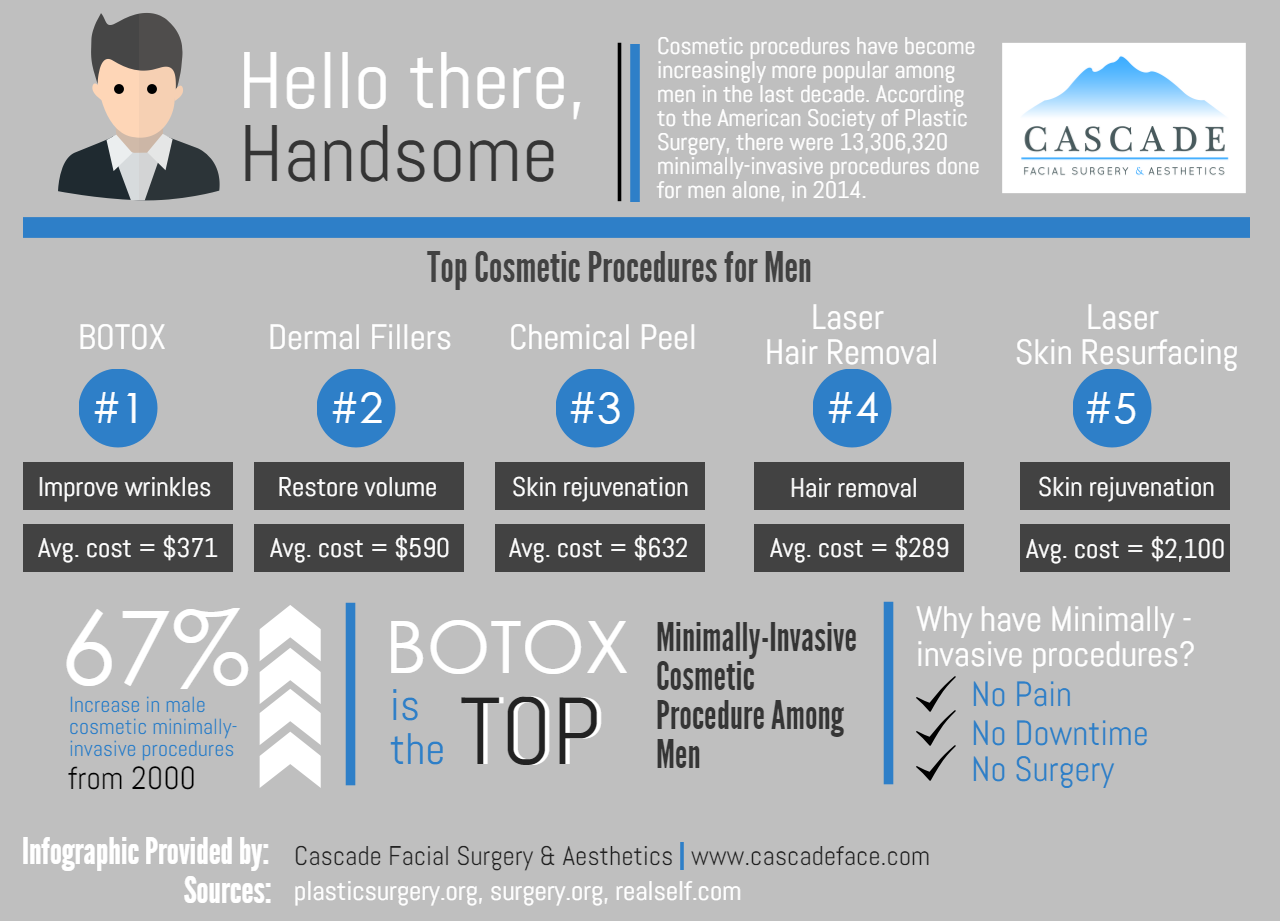What To Do If Acne Treatments Don’t Work
What To Do If Acne Treatments Don’t Work
Blog Article
How Does Photodynamic Therapy (PDT) Job?
Photodynamic therapy (PDT) incorporates a light-sensitive medicine with unique light to eliminate cancerous and precancerous cells. Your physician puts the medication on your skin or inside your eye and then beams a light on the treatment location.
This combination kills malignant cells and saves healthy tissue. Yale Medicine pulmonologist George Eapen, M.D., explains just how this functions.
The Photosensitizer
Photodynamic therapy (PDT) uses a combination of light and a medication called a photosensitizer to eliminate cancerous or precancerous cells and spare healthy and balanced cells. You obtain an injection of the photosensitizer, which is then turned on by light in your body. The photosensitizer is soaked up by both healthy and cancerous cells yet isn't poisonous up until it is triggered by the light.
Light-absorbing molecules, known as photosensitizers, are located in plants and pets, including humans. There are several photosensitizers, however many are able to soak up a certain variety of light wavelengths.
Once the photosensitizer is revealed to a light with a coordinating spectral range, it's transformed from its ground state into a thrilled singlet state. This allows it to move energy to molecular oxygen, creating singlet oxygen and complimentary radicals that mediate cellular poisoning.
The Light
During therapy, an unique light is radiated on the area where the photosensitizer was used. This light triggers the drug and damages cancer cells or precancerous cells that it has targeted.
The drugs that are made use of in photodynamic therapy have different absorption properties and several of them may take hours to leave normal cells yet stay longer in cancer cells or precancer cells. This process permits the physician to target cancer cells more specifically than other types of therapies that use noticeable light, such as lasers or electrocautery [54]
Photodynamic therapy can deal with the earliest areas of sun damages known as actinic keratosis and can lower skin cancer cells development in individuals at high risk for creating the condition. It is additionally a choice for some patients with damp type age-related macular deterioration, which is a common source of loss of central vision in older grownups. It can not bring back the loss of vision caused by this illness, but it can decrease the progression of uncommon blood vessel development that causes damp AMD.
The Activation
Photodynamic therapy (PDT) makes use of a medication and light to deal with cancer and various other skin conditions. It targets precancerous cells and eliminates them. Unlike other cancer cells treatments that shed and destroy, this therapy kills precancerous cells while sparing healthy and balanced tissue.
The photosensitizer is supplied into the skin via topical, oral or intravenous management. It is absorbed by the growth cells and activated when subjected to light of a specific wavelength. This activates a series of photochemical reactions that creates reactive oxygen types (ROS) that damage lump tissue and kill cancer cells.
PDT is frequently used to treat actinic keratoses and in situ squamous cell cancer (Bowen disease). It can likewise be used to deal with various other types of skin cancer cells, consisting of superficial basic cell carcinoma. It can be utilized alone or with various other treatments, such as surgical procedure or radiation. It can even diminish lumps in the lungs, allowing surgical treatment or various other treatment to be secure and reliable.
The Treatment
PDT functions ideal in small irregular locations of tissue that a light can get to, such as the skin, eyes, mouth or food pipe (oesophagus) and lungs. It is additionally used to treat precancerous developments, such as actinic keratoses, which are sun-damaged cells that can turn into cancer.
Medical professionals administer the photosensitizer as a cream or shot, and afterwards shine a light on the treatment location. The light destroys the unusual cells. While healthy and balanced cells soak up the photosensitizer, it stays longer in malignant cells.
After the treatment, your body naturally gets rid of the dead cells. People with lung cancer may experience spending blood or have a bronchoscopy to get rid of the lungs of the dead cells. In some cases, your physicians might make use of a bronchoscopy to remove the photosensitizer from the lungs also daxxify vs botox if it creates serious symptoms. It is very important to remain inside and use sunscreen when you go outside while the photosensitizer is in your system.